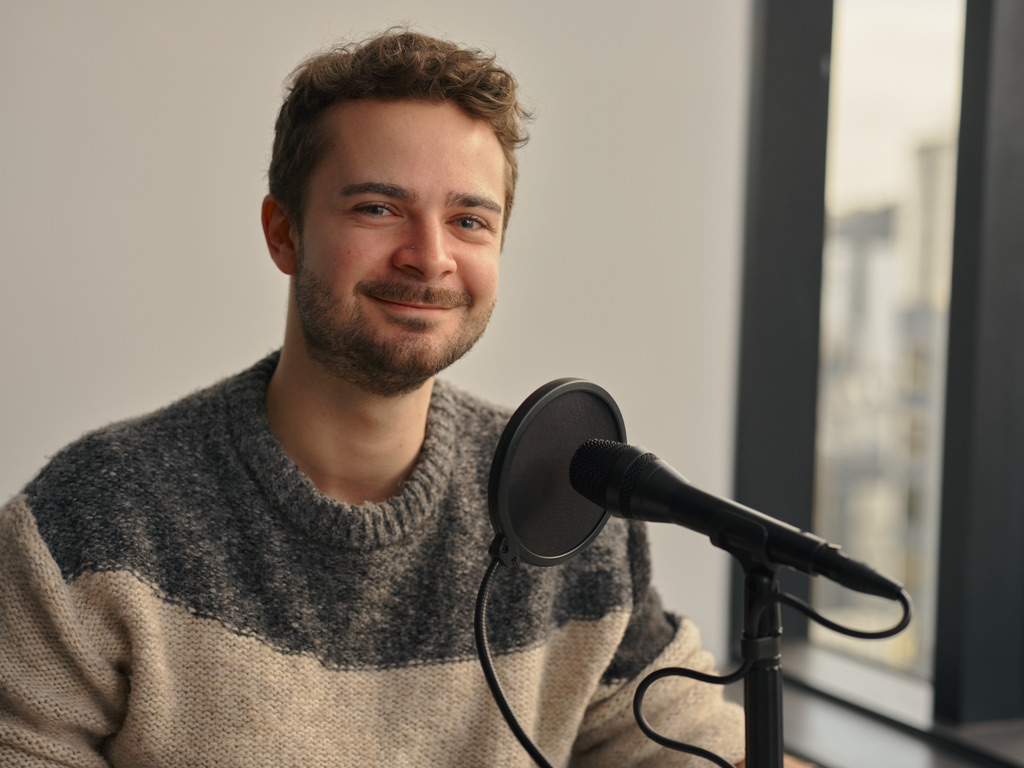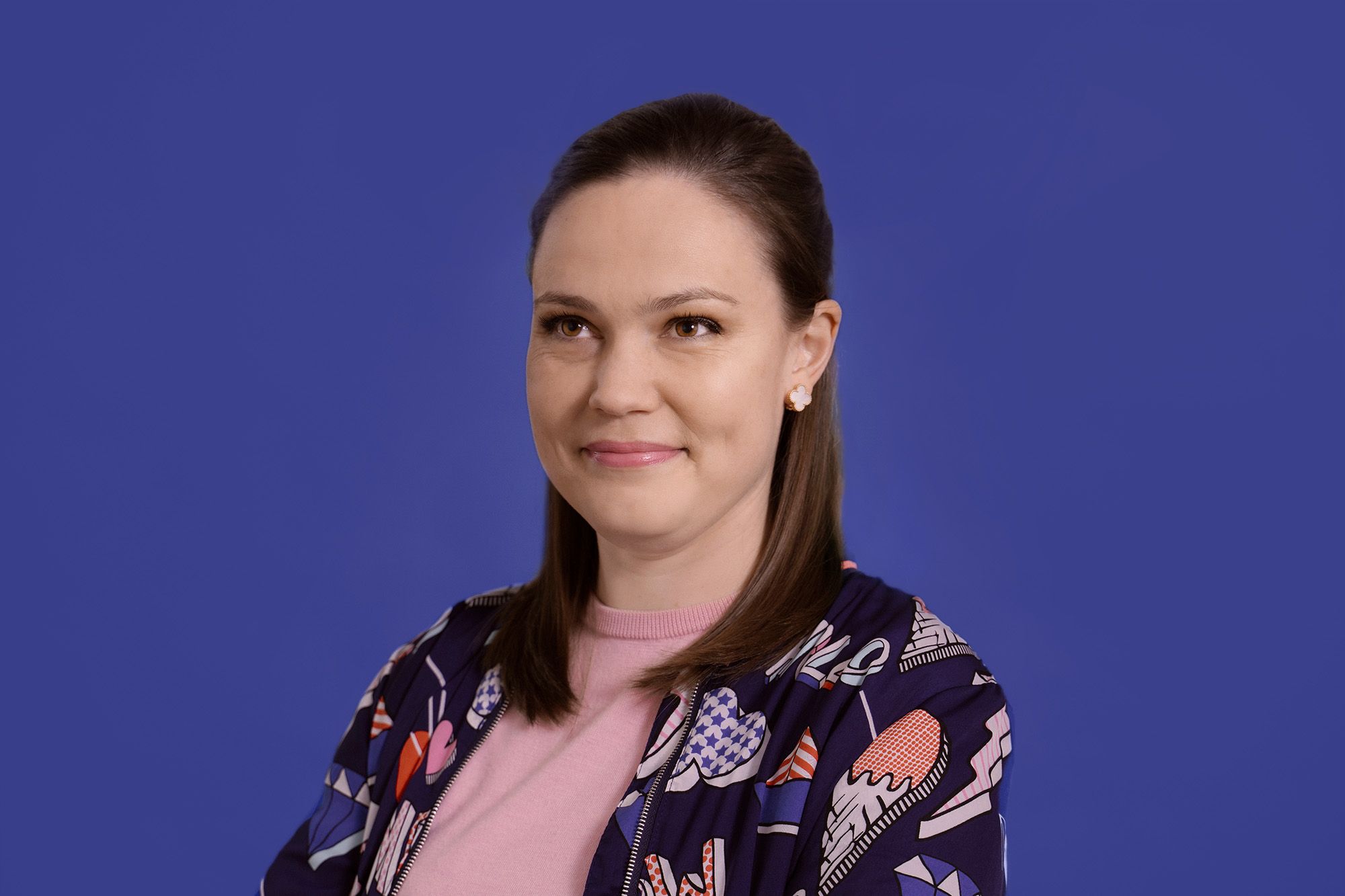Paul is one of the audio describers at Able and recently worked on The Kids of Kōrero Lane, a show that incorporates NZSL into stories about daily life for tamariki. Communications Intern Gabriella spoke with Paul to find out about the process of audio describing a show like The Kids of Kōrero Lane to make it accessible for blind and visually impaired tamariki.
The Kids of Kōrero Lane is a first here in Aotearoa for television as it blends NZSL and spoken language with activities. What was it like audio describing the show?
It was a little mind-bending to consider the fact that I had to accurately describe sign language for blind and visually impaired children. I strive to do the best I can at all times, but this seemed to have extra importance because I felt like I was contributing to making something that had been made accessible in one way, even more accessible.
The audio description is also for children: children are the main focus and the main audience of the show. It might be their first ever time thinking about what sign language looks like. I really had to think about how to get it across and describe it – it’s probably one of the biggest challenges I’ve had in my time working as an audio describer. When I first started working on this show, I thought “oh my gosh, they’re signing the whole thing! There’s zero space to read out the subtitles and describe the signing, what am I going to do?”
I really did have to think about what hand they were using; the importance of what they were saying or signing, their facial expressions when signing, and how they’re mouthing the words. For example, for “thank you”, I decided the best way to audio describe this would be to say “open palm with fingers touching the chin, moving the arm straight out down in an arc away from the chin once”. I really did have to think about the exact specificity needed to get the description of the sign across. If I just said “moves hand down vertically”, that could be interpreted in any kind of way. The more specific, the better, was my feeling in trying to get this across as best as I could.
With audio description, we have a limited amount of space we can fit a description in. At times I did have to think of short but accurate and descriptive ways that would be the fastest to get across. I described the sign for “Good morning” which is a thumbs up followed by the OK symbol, as “crossing over the face in a half-circle motion”.
That’s a lot for anyone to try to picture in their mind, let alone tamariki – they don’t have 40-odd years of life experience to fall back on for knowledge. So some of these kids using audio description may not know what an OK symbol looks like. I really did have to sit back and think about how I would describe it. What came out was probably something like “Apii does a thumbs up, then touches the tip of his index finger to his thumb on the same hand, with the rest of their fingers fanning out, then moves their hand across their face in a half circle motion”. Originally, I wasn’t this specific and just mentioned the ok symbol in the description I gave until I realised that primary school-aged blind or visually impaired children may not know what an ok symbol looks like, and did it again to be more specific.
Were there any other challenges you came across while working on this show?
The other challenge I did come across aside from trying to describe sign language as best as I could was that it’s only five minutes long which is a very short show. It was a good challenge trying to describe as much as I could in a short amount of time when the space allowed me to. I still prefer longer shows as there’s more space to fit descriptions in!
In general, what’s the main difference between audio describing a kids show and a show aimed at an older or adult audience?
I try not to change my language use too much because I don’t want to talk down to kids: lots are much smarter than we give them credit for. I also don’t want them to play catch-up with the descriptions – I don’t want them to have to think too hard about what I’m saying and not enjoy the show, so I try to use simplified but not condescending language.
NZSL is an entire language and as much as it was challenging to describe, it was fun. In the times I’ve learnt a little sign language over the years, it tends to be really basic and like “Here’s how to spell your name”. The process of audio describing this show gave me the opportunity to learn signs that I had no idea about, like the sign for ‘pancake.’ I described it as “both arms outstretched in front of the body, with one hand, flip the hand to the back of the hand touching the palm of the other hand twice”. I love it. I loved learning that sign.
Popcorn was another one. I described it as “pumping your fists up and down in front of you, with the index fingers flicking outwards at the top of each pump”. I actually copied the signs and did them myself while coming up with the descriptions as I couldn’t look at them on screen and give an accurate, specific description without doing it myself to see what it looks and feels like through my own eyes. I already tend to do this with audio description anyway but for this show, I absolutely had to do it.





